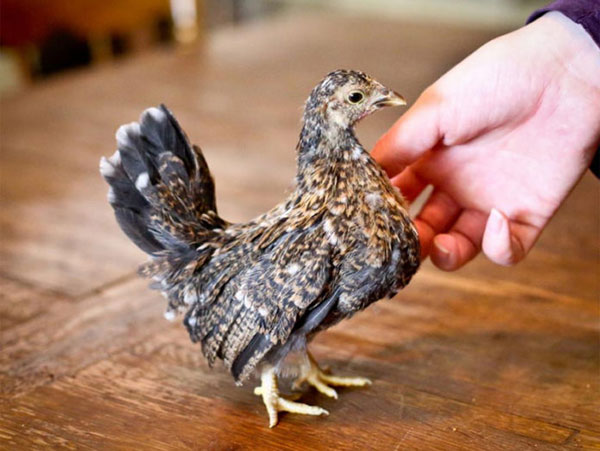Dead Diamonds
In the Brooder
- Dec 2, 2018
- 20
- 47
- 39
![20190210_101341[1].jpg 20190210_101341[1].jpg](https://www.backyardchickens.com/data/attachments/1646/1646019-1f43344580c285edb728d6829ae1277f.jpg)
They used to always go in their coop at night by themselves. I was doing the deep litter method by just adding fresh shavings on top about twice a month. But then I ran out of shavings and kept forgetting to buy more and I guess I let it go for too long. It started to smell bad and the chickens stopped going in there by themselves at night. I removed all the old litter and replaced with new shavings. It now smells great but the chickens still do not want to go in there by themselves at night. I have to scoop them up and put them in there every night

It has a hardware cloth floor.
Even though there is fresh shavings, just a few days later I pick up the food feeder to refill it and there is white fuzz mold on the shavings underneath the feeder

My intuition is telling me this is the wrong design. The litter should be in an enclosed weather proof area. Because it rains a lot and it just gets all wet and nasty in there. I feel as if this whole thing needs to be lifted off the ground. I suspect the ground underneath the coop is now super nasty and is breeding bad insects. Because even though its new fresh shavings, there are still a few tiny gnats and other super tiny bugs crawling around.
This is my first time having chickens. When I started this a few months ago in November 2018 I had 3 chickens. About 2 weeks ago, a few days after I cleaned the coop with new shavings, Penelope was wheezing/sneezing. I went to work and bought VetRX. I come home, only 6 hours later, and she was near death. Her comb turned purple. I poured a few drops of the medicine in her mouth and this seemed to make it worse. And then right there in front of me she started flopping around and died on her back with her feet in the air
 It was a horrible experience and made me feel like a terrible human being.
It was a horrible experience and made me feel like a terrible human being.Another thing I noticed was two of them had dark black oil spots near their comb on their head, which then progressed to a small bald spot. I'm pretty sure its from them scratching their itch. After I changed the litter, their bald spots grew back (new feathers with a lighter color).
I suspect they are not eating as much when the feeder is inside the coop, so I put their feeder outside the coop and they made a mess with food on the ground around the feeder. A few days later there is white fuzz mold on the ground where the food fell.




